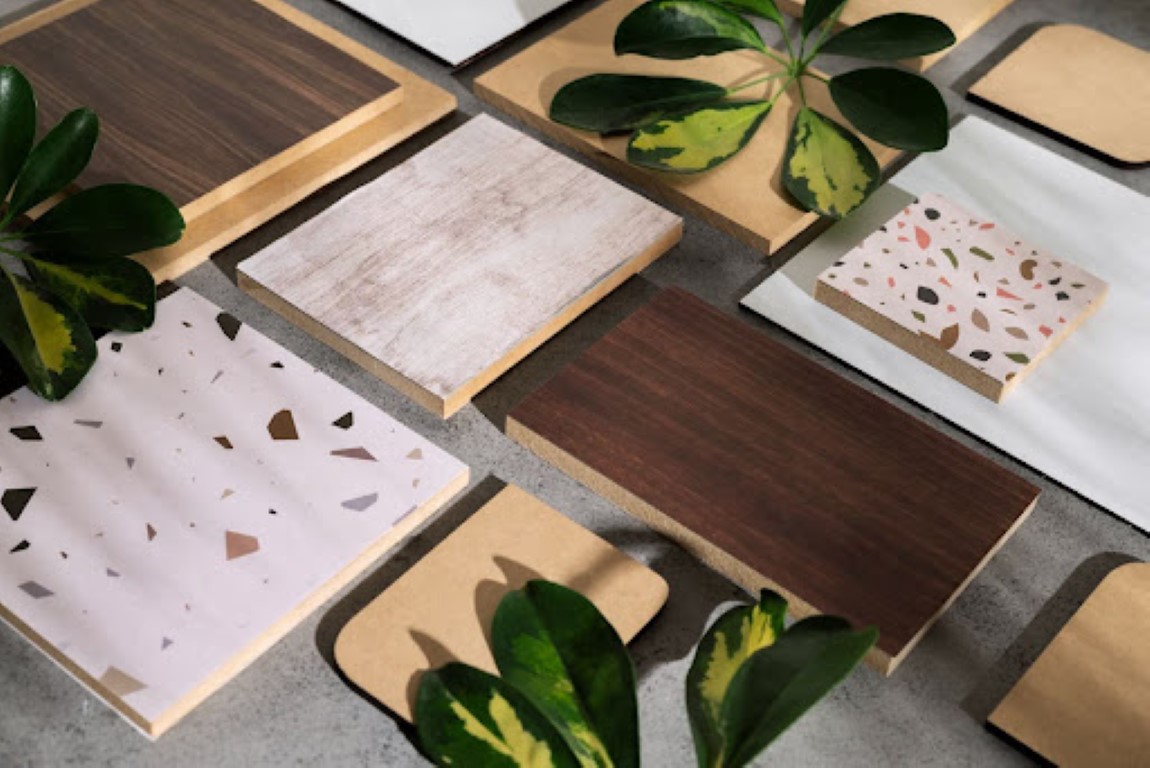
Creative Ways to Incorporate Sustainable Materials into Home Design
Sustainability is no longer just a trend but an ingredient in the concept of current interior home design. Today, more people realize the deteriorating environmental condition of the earth; thus, more house owners seek to find ways of designing and making their space friendly to the environment without compromising on beauty and coziness. Using sustainable materials in home design can be one of the most effective ways to create a space that is not only beautiful but also environmentally responsible.
Let’s think outside the box and find some creative ways to put sustainable materials into your home interior so you can have ideas on how to make your living spaces not just stylish but also eco-friendly.
1. Use Reclaimed Wood
Reclaimed wood is one of the fastest-growing sustainable materials in interior design. Rather than cutting down a tree and using recently harvested material, reclaimed wood is obtained from old buildings, barns, or furniture. It saves the number of new trees. Wood lends a woody, charming, rustic flair to your home interior, and each piece has its own story that gives more character and depth to the design.
Reclaimed wood can be used for almost all materials, from the floor and wall paneling to furniture and shelving. As such, the natural warmth and texture of reclaimed wood make it perfect for modern as well as traditional home designs.
2. Choose Bamboo for Its Fast-Growing Nature
Since bamboo grows very fast, it is one of the most sustainable materials available for decorating homes. In a few years, it will re-growth, unlike hardwood trees, which may take decades to mature. That means using bamboo decreases instances of deforestation and also reduces the effects on the environment.
Bamboo is a versatile product that can be used in several different ways, including flooring and wall coverings, furniture, and even decorative accents. Its light, natural color gives this kind of modern, airy look to any space, but its strength and durability may make it perfect for high-traffic zones.
3. Incorporate Recycled Metal for an Industrial Touch
A more sustainable material you can recycle metal as an industrial and additive material in your home is recycled metal. Repurposed metal will find its way into other products so that demand for new sources is not increased, and the waste sent to landfills is limited.
Recycled metal can be used in a variety of design elements, including light fixtures, furniture frames, and decorative accents. It has a sleek, modern appearance that can fit many design schemes and is built to last, so it won’t wear out anytime soon. Consider incorporating recycled metal into your home interior for a chic, industrial-inspired look that’s also eco-friendly.
4. Use Cork for Its Renewable Qualities
Cork is yet another nearly perfectly renewable resource that originates from the bark of cork oak trees. Cork bark regenerates naturally, and thus, the tree grows and produces more of the product over time. This means that when considering different parts of your house, cork can become a very good, non-toxic alternative for so many things.
Cork does not only remain environmentally friendly but also practical and suitable for flooring or wall coverings. Natural insulating properties make it suitable for underfoot comfort, and its sound-absorbing qualities will make it ideal for creating a quiet, peaceful space.
5. Add Natural Fabric
Sustainable materials such as organic cotton, linen, or hemp can also be a fabulous option when choosing the fabrics for your home interior. They are biodegradable and don’t use harmful chemicals that go into the production process, which can cause ruin in the environment and our health.
They can be used for upholstery, curtains, cushions, and bedding usage. Their soft texture and earthy tone convey warmth and coziness to your home as it invites you to relax within.
6. Consider Low-VOC Paints and Finishes
Most old paints and finishes contain unhealthy chemicals called volatile organic compounds (VOCs), which will start releasing toxic fumes a long time, even after application. To make your home friendly to the environment, make sure you are using low-VOC paints and finishes.
These alternatives are eco-friendly, better for the environment, and safer for indoor air quality. These are available in a variety of colors and finishes that can be used to create stunning home interiors at the same time minimizing one’s environmental footprint.
Conclusion
Rennovate is at your service if you are looking at making style and sustainability available in the home interior through green materials. Bringing the commitment to the environment with innovation, Rennovate ensures that your home reflects your commitment to the environment yet does not make any compromise on style.






